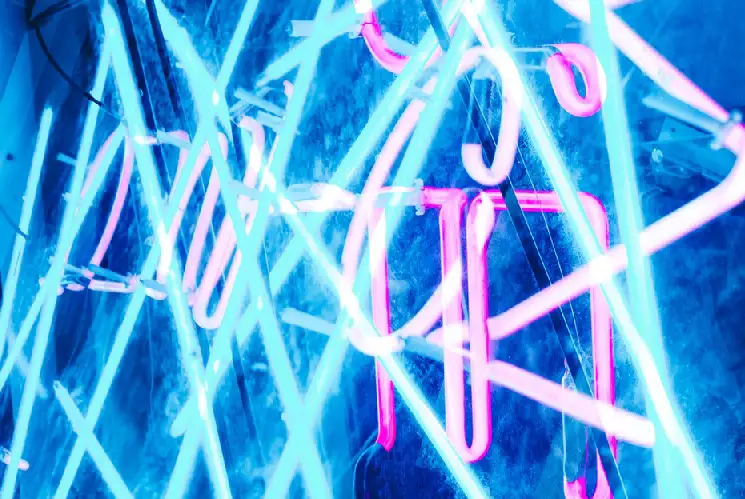As the West and Russia collide over the fate of Ukraine, global markets in numerous sectors are having to adapt to a myriad of shortages and supply chain disruptions.
Until now, most of the punishments have been dictated by the West, as Russia has seen its banking access curtailed, and its oil exports to the west ended. Even its supply of semiconductor computing chips has been denied, threatening industries in Russia ranging from cell phone manufacture to defense systems.
But now Russia has turned the tables, announcing that it will impose restrictions on the export of noble gases like Helium and Neon. Noble gases are used extensively in manufacturing, especially in semiconductor production. 75% of the global neon supplies alone are consumed by semiconductor manufacturing.
There is no way to manufacture these gases from other products. Neon gas is isolated in the course of the process of steel making. It is then refined to an extremely high purity, before it can be used to make semiconductors. It is utilized in the lithography process, where a semiconductor circuit design is transferred to a substrate, usually a silicon wafer. The gas is used to produce a highly reactive light wavelength, in lasers which are used to create the very fine circuitry of a semiconductor chip.
Other noble gases are used in research lasers, where they must be constantly replaced. The Harvard Gazette even ran a piece recently noting the helium shortage was impacting science labs there, which were dependent on noble gasses to run their experiments.
Russia supplies 30% of the worlds Neon, so the removal of this product from the market could have very real ramifications for already shaky semiconductor supply chains. And unlike the more widely consumed, and therefore more fungible oil, it is not clear if the Russian supply can be diverted to other markets, who will then divert their previous non-Russian supplies to the West.
In addition, the attacks on Ukraine have shut down Ukrainian companies which were vital to the global supply of Neon. Two Ukrainian firms, Ingas and Cryoin,, produce between 45% to 54% of the global supply of semi-conductor-grade Neon, which is vital for the lasers used to produce chips, according to research by Reuters. Both companies have shut down all operations, as the war has ravaged their country.
Angelo Zino, an analyst at CFRA said, “If stockpiles are depleted by April and chipmakers don’t have orders locked up in other regions of the world, it likely means further constraints for the broader supply chain and inability to manufacture the end-product for many key customers.”
In April, research by a firm called Techcet had shown the reliance of the semiconductor industry on Russian and Ukrainian noble gasses, causing the White House to warn firms they needed to diversify their supply chains.
Now that worry has become a reality.

